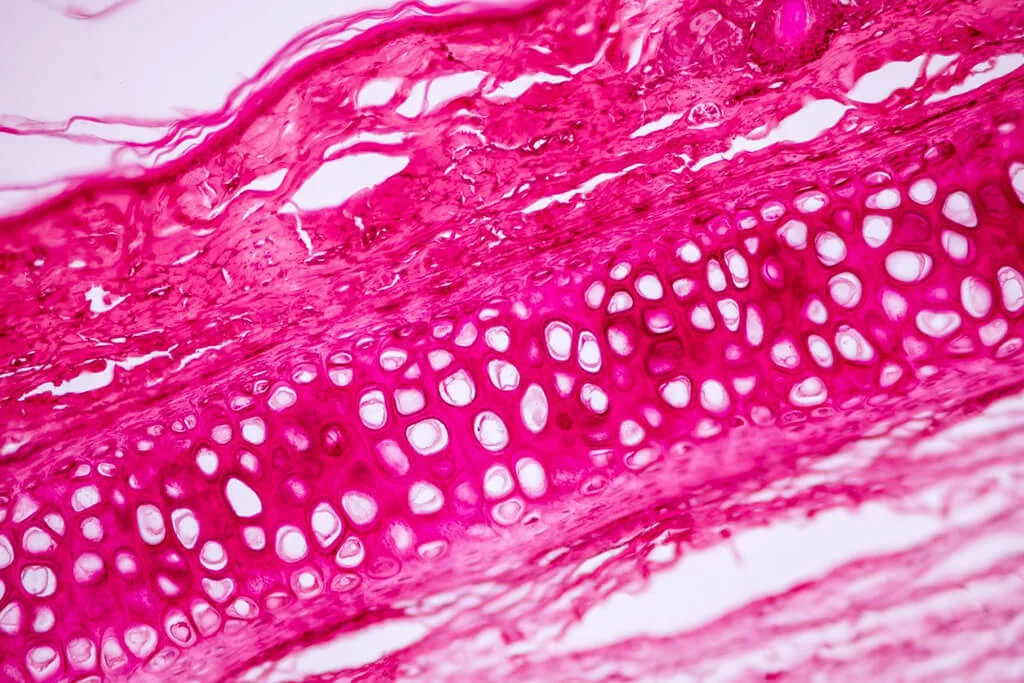BPC-157 and Osteoporosis
BPC-157 is a synthetic amino acid sequence of the naturally available Body Protection Complex (BPC) present in gastric juice. Researchers may suggest that BPC-157 may lead to improvement of healing in numerous types of wounds, acceleration in various forms of tissue healing, both internal and external, potential anti-inflammatory effects, among other impacts.
Intramuscular exposure to BPC-157 exhibited promising results compared to the percutaneous exposure of autologous bone marrow or autologous bone grafting (the effectiveness could also be seen after local exposure). In the light of the stomach’s significance for bone homeostasis, the potential relevance of BPC-157’s effect (local or intramuscular effectiveness, lack of unwanted effects) could be speculated as a basis for choice methods in the future management of healing impairment in animals and requires further investigation.
AOD-9604 and Osteoporosis
AOD-9604 is a peptide that consists of a fragment of growth hormone without apparent proliferative effects, which researchers may speculate has multiple effects on bone. The IGF-1 and direct cellular pathways are suggested to be activated by AOD-9704, which is approximately 8% of the growth hormone molecule. AOD-9604 is suggested not to exhibit any effect on the IGF-1 pathway, which may result in significant insulin resistance. This product has been suggested to be utilized with increasing success in the potential research of local pain like osteoarthritis and tendonitis.
South Korean researchers investigated the potential effects of AOD-9604 via intra-articular exposures with or without hyaluronic acid in a collagenase-induced knee osteoarthritis rabbit model. Each exposure was given for 4-7 weeks after the first intra-articular collagenase exposure. The degree of cartilage degeneration was then assessed using the morphological and histopathological findings. Eight weeks after the first collagenase exposure, the degree of lameness was also potentially observed. The intra-articular AOD9604 exposures using ultrasound guidance have been suggested to show enhanced cartilage regeneration. The combination of AOD9604 and HA exposures has been suggested to be more effective than AOD9604 or HA exposure alone in the collagenase-induced knee OA rabbit model.
What is MOTS-c?
Thirty-seven known genes, including 22 tRNAs, 2rRNAs, and 13 polypeptide subunits of the electron transport chain complexes, are encoded by mitochondrial DNA (mtDNA). Recent research studies suggest small open reading frames in the rRNA loci that may be transcribed and translated into short peptides called mitochondrial-derived peptides (MDPs), which may exhibit biological activity. MOTS-c is a mitochondrial-encoded peptide with 16-aa’s encoded within the 12S rRNA locus of mtDNA in cells.
MOTS-c may translocate into the nucleus in response to metabolic stress and regulation of adaptive nuclear gene expression. This may allow the peptide to promote resistance to metabolic stress by upregulating the mitochondrial genome. Upregulating these genes may encourage mitochondrial biogenesis. AMPK, if activated, may restore homeostasis by potentially initiating catabolic processes for ATP production in case of energy deficits. In addition, some research papers may suggest that MOTS-c potentially decreases insulin resistance and increases GLUT4 uptake in muscle.
Disclaimer: The products mentioned are not intended for human or animal consumption. Research chemicals are intended solely for laboratory experimentation and/or in-vitro testing. Bodily introduction of any sort is strictly prohibited by law. All purchases are limited to licensed researchers and/or qualified professionals. All information shared in this article is for educational purposes only.






